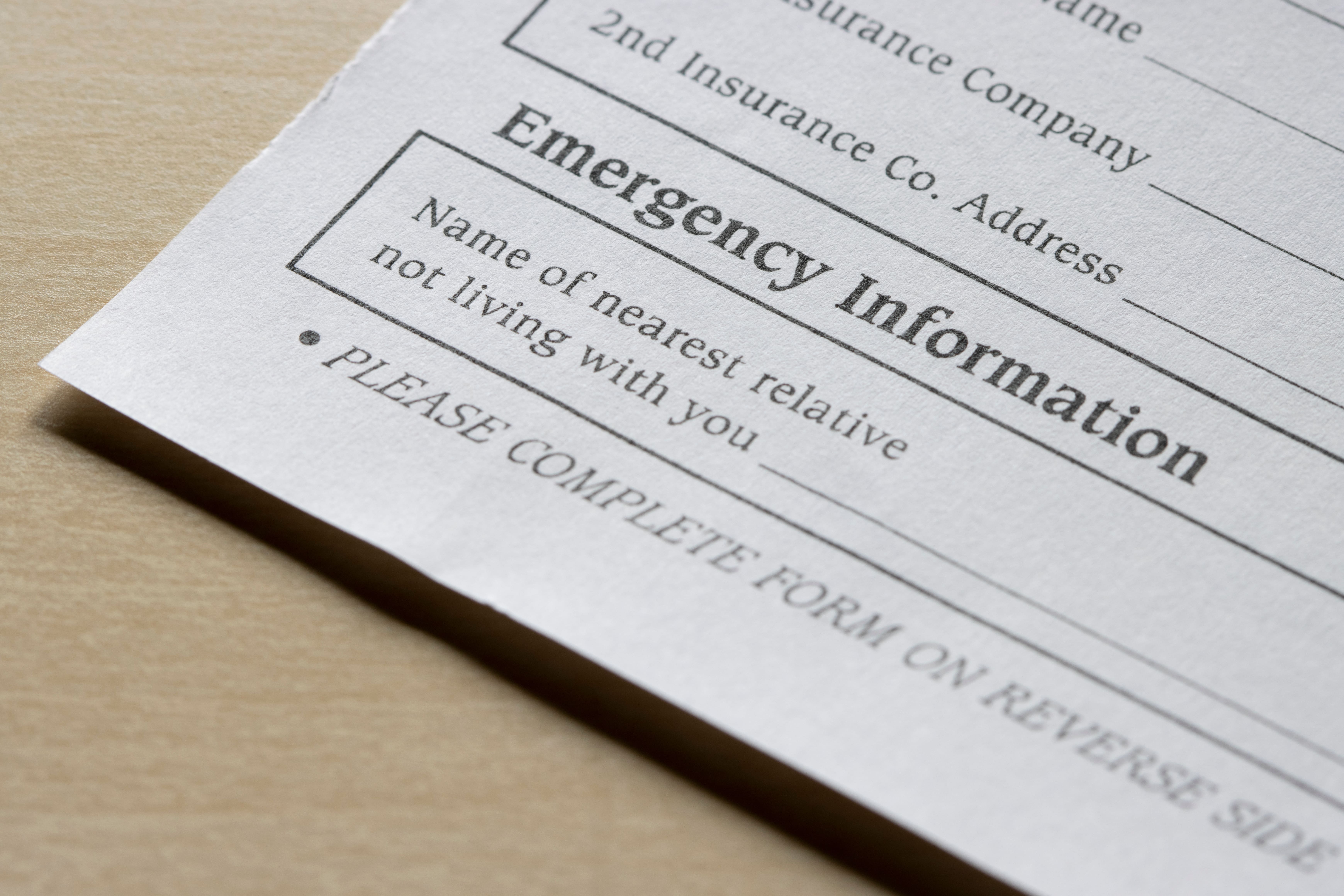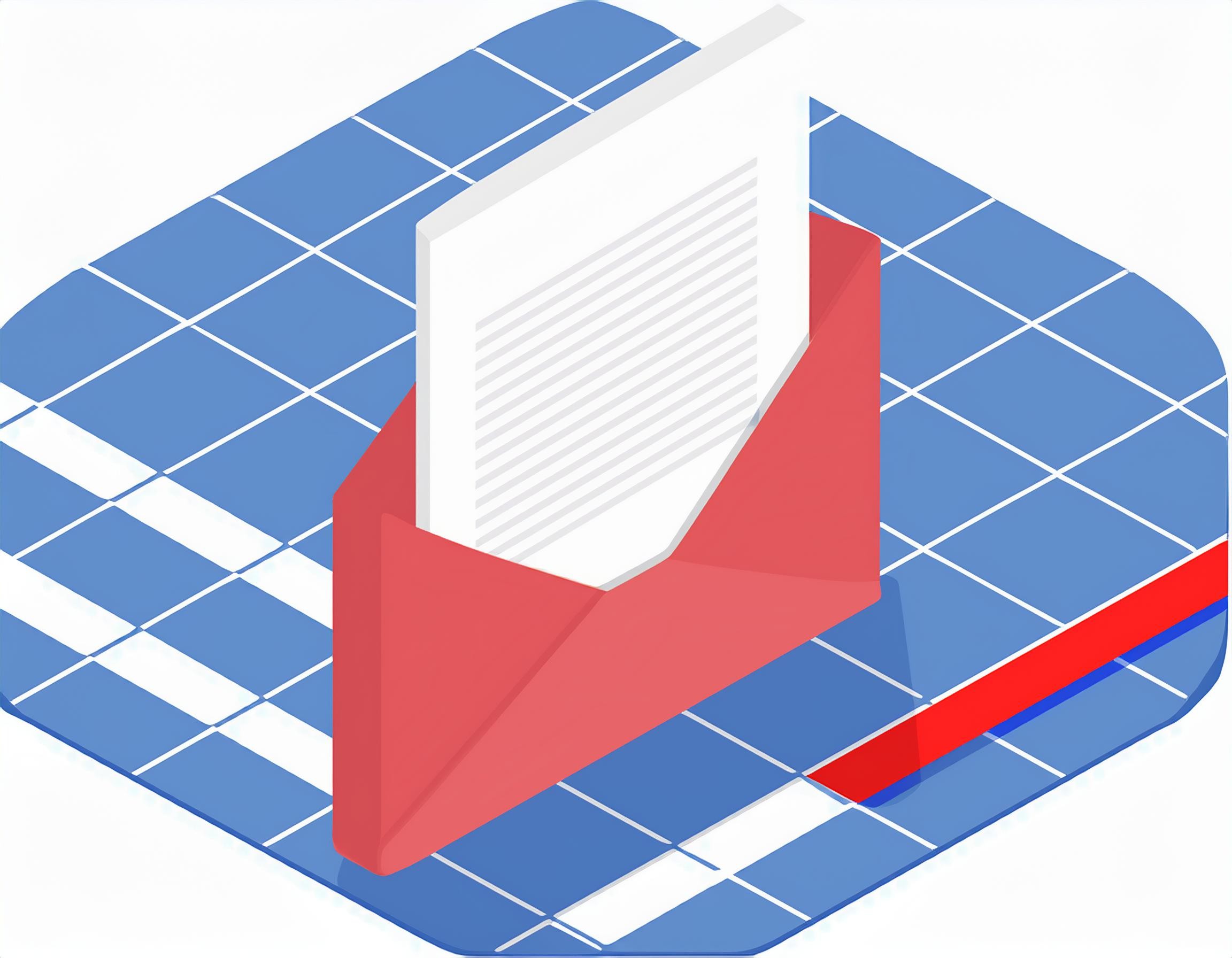Prepare for the Unexpected
We usually don’t think of the workplace as being dangerous, especially not when it comes to the 9-to-5 office job. For this reason, many employers don’t make it obligatory for employees to provide emergency contact information.
Still, as we spend a lot of our daily time working and often in a stressful environment, it might be time to reconsider that practice. Accidents and medical emergencies happen in the workplace far more often than we would think. In case of an emergency, helping the afflicted person becomes the priority. However, that can be hard for an employer to do if HR doesn’t have complete records and accurate data on the employee who’s having an emergency. Here is why the importance of up-to-date emergency contact lists in the workplace cannot be understated:
The Unthinkable Does Happen
It’s not an easy thing to consider, but employers will get into a situation where they need an employee’s emergency contact information. It can happen for a number of things:
If an employee gets sick at work, faints, or has a similar medical emergency that requires calling 911;
If there is an accident at the workplace where an employee is injured;
If the employee who’s on sick leave doesn’t respond to communications from work and doesn’t provide an estimated date of returning to work;
If the employee doesn’t show up at work and can’t be reached;
If the employee passes away and final paperwork and paycheck need to be sorted out.
In all these cases, the employer will probably need to contact the employee’s family or any other trusted contact and inform them of what happened.
Keeping Emergency Contact Information Updated
Sometimes employers will gather emergency contact information for the employees, but fail to update it regularly. This is not the best practice, considering that outdated emergency contact information is almost the same as having none. HR should strive to update this information at least annually, but when there are many employees, and each of them has two or three emergency contacts, it can become a challenge to keep track of all that info.
However, since having outdated information is not a viable option, employers and HR should work on coming up with a solution. For example, data quality software integrations solutions like Runner EDQ Clean Address for Business can automatically update contact information, which makes the process much more manageable.
Best Emergency Contact Information Practice
Ideally, HR would gather emergency contact information from the employees on intake and manage it via a data quality software solution that integrates with their existing ERP systems. That way you would ensure that the information will be easily updated and validated. Alternatively, employees could update the data themselves on a regular basis, or be obligated to do so if any information changes (for example, in the case of divorce, an employee may want to remove their spouse from the emergency contacts.)
Since accidents happen in the workplace, it’s important for employers to know who to contact in case of an emergency. Having a reliable data quality system to keep this information intact can be of immense help in that regard. For more information about Runner EDQ software solutions and how they can help businesses keep their data clean, visit Runner EDQ.







